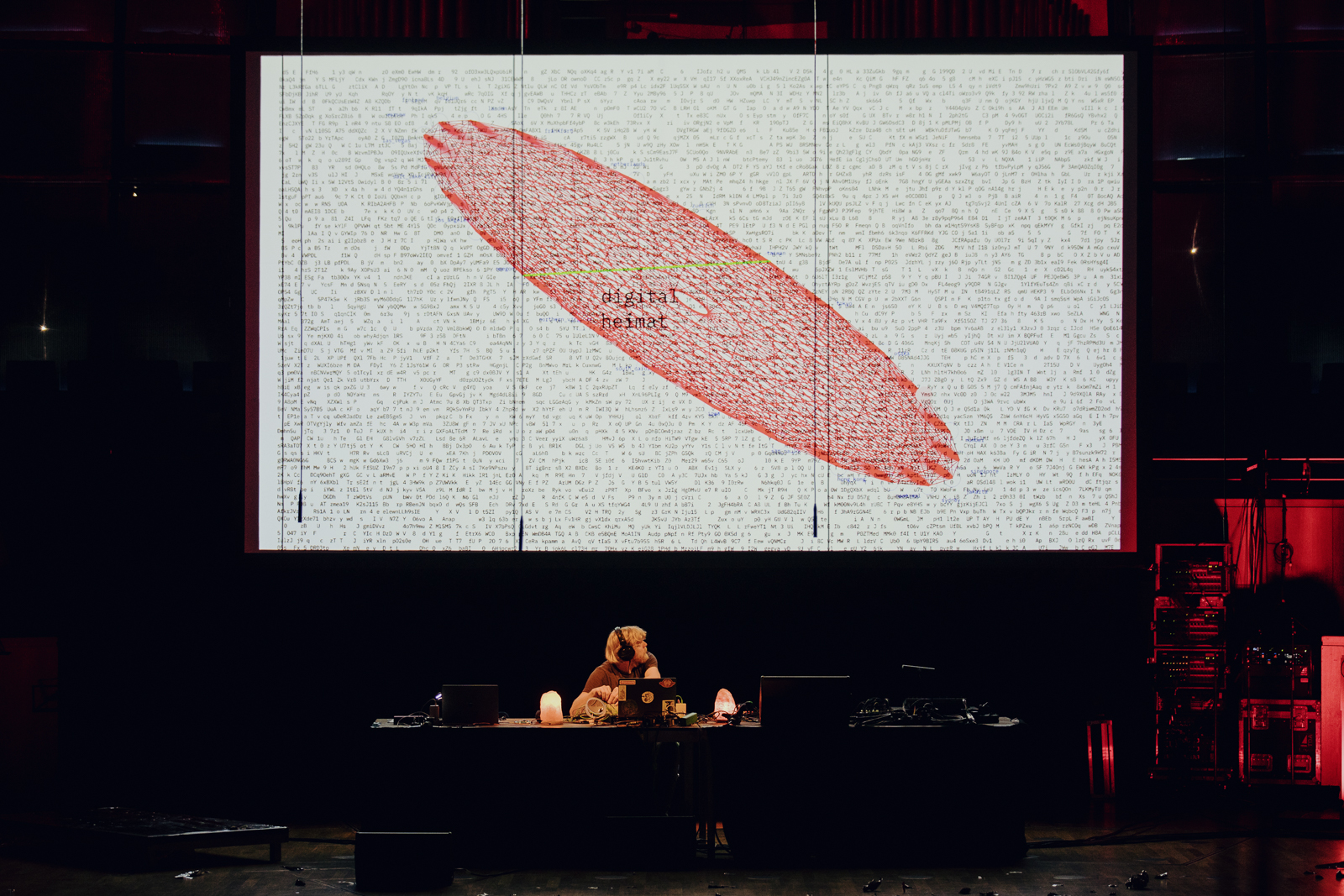Heimat
On 2021-06-04 I was invited by the Kolorit Soundkollektiv to contribute to a concert at the Tonhalle Düsseldorf about the topic Heimat. Due to the COVID-19 pandemic everyday life shifted more and more from a physical to a digital domain, so I wanted to explore a digital entity of Heimat, once again based on the ideas of Benjamin H. Bratton, who tries to translate the ideas of Carl Schmitt and others into the digital space. In addition to the physical layer of the Internet, it also contains a more abstract layer of power represented through devices, providers, and services established through user agreements, cookies, standards and logins. The authorities of these spatialities are not only states in the traditional sense of Schmitt, but also multinational cooperations that establish a Monroe-doctrine-like space, which Bratton refers to for example as a Google Großraum.
That so many feel the design choice is between this secret police, that se- cret police, and crypto-anarchism shows just how dangerously immature our geopolitical theory of planetary scale computation is at this point.
Where one locates such a Heimat in such a multi-spatial digital space is an unanswered question of the piece, but it presents it by connecting to multiple servers around the globe, rented from the Google Cloud Platform (GCP), which send messages to each other as well as to the location in Düsseldorf, where these messages are sonified based on uniquely delayed global timing, creating a mapping between the globally spanning Internet and the Tonhalle Düsseldorf through time. In a pandemic situation, however, these infrastructures allow people to connect and travel these virtual (and physical) spaces and meet each other in an abstracted, digital spatiality.


For this composition I used Ossia Score for sequencing, a self written Python script with Docker to distribute the services which communicate with each other, OPENRNDR for visuals and FAUST, SuperCollider and a modular synth to generate sounds. The hosting platform for the servers was GCP.